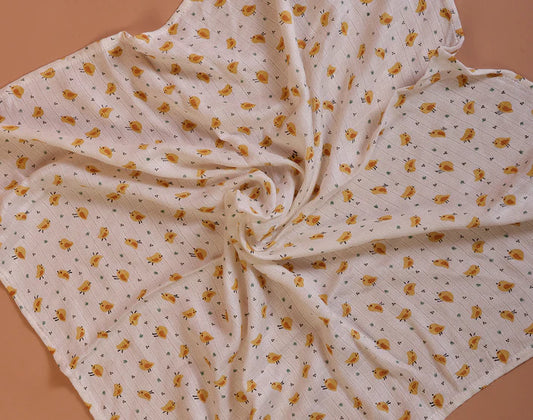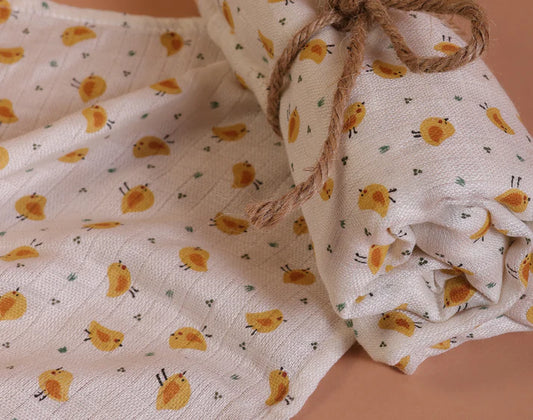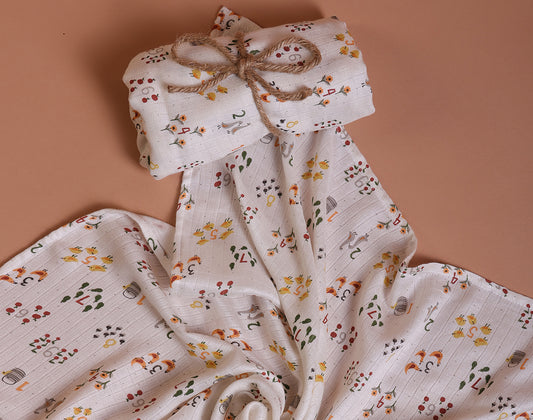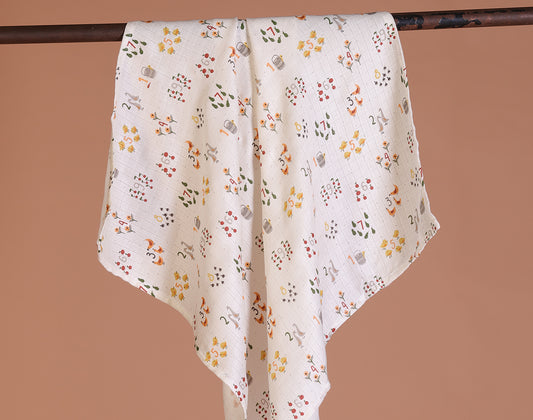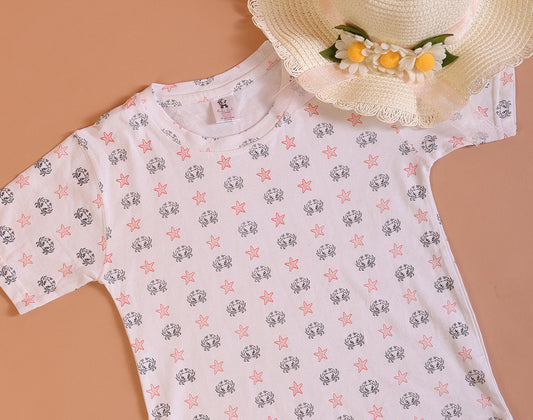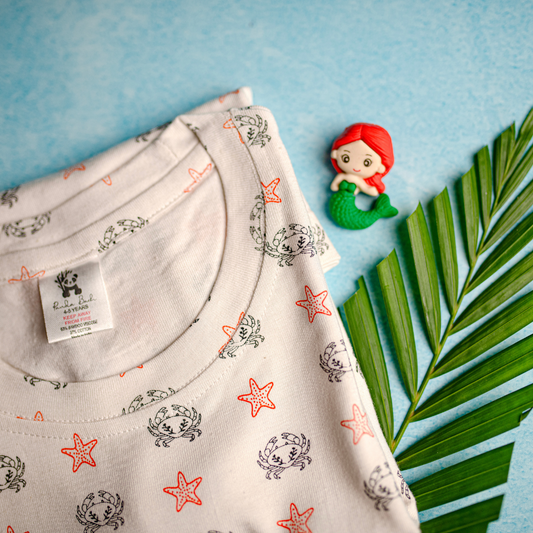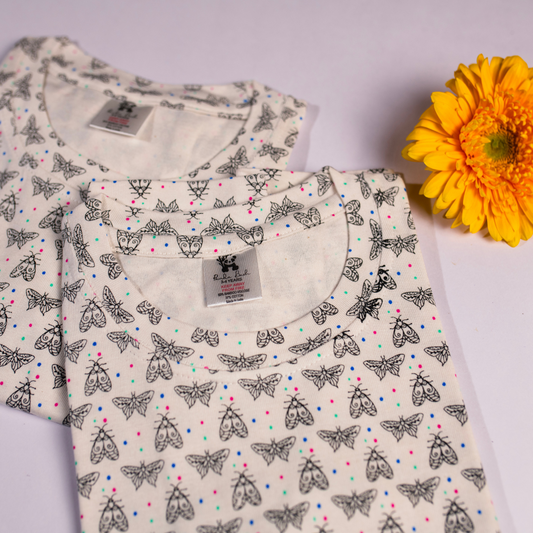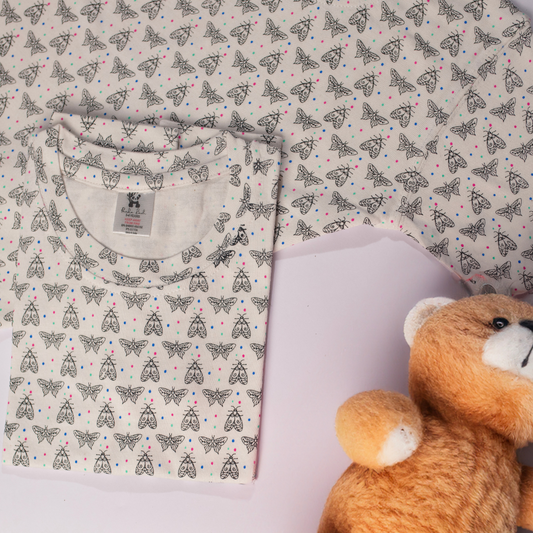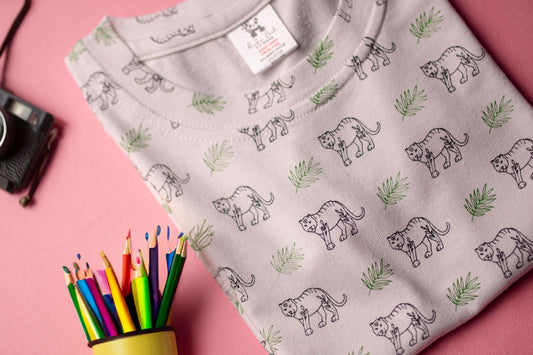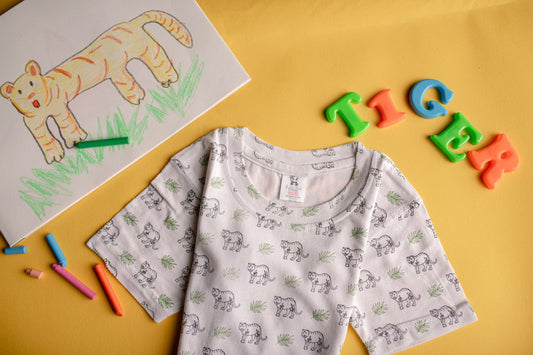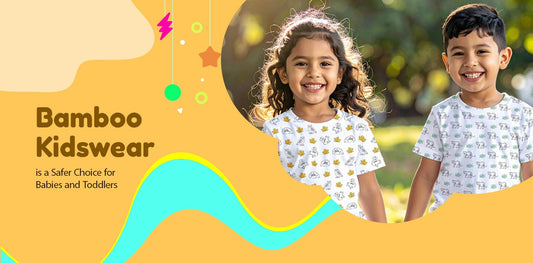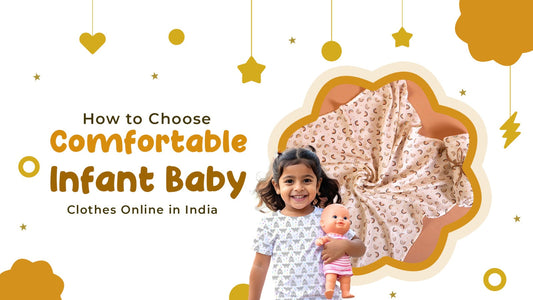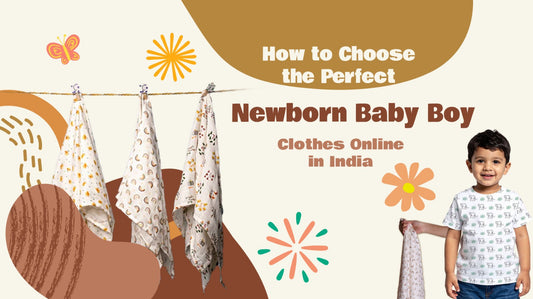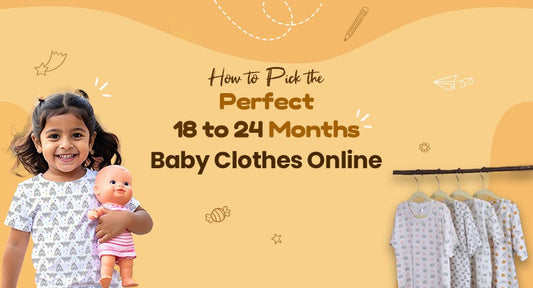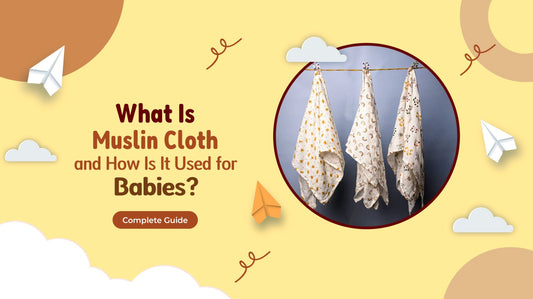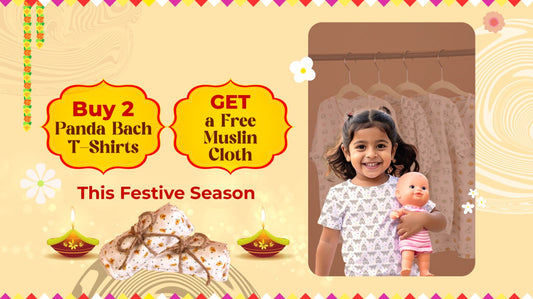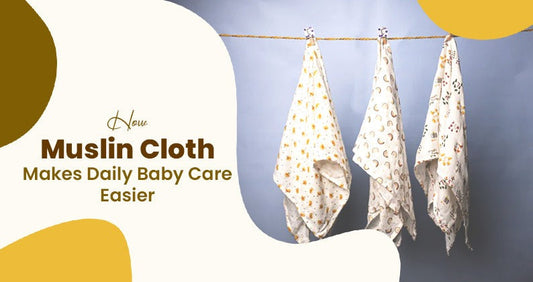The first things that parents think about when selecting the clothes of their babies are often the comfort, the safety, and the sustainability of the products. Over the past few years, the use of bamboo has become quite popular as a fabric that is put forward as a possible eco-friendly alternative to the traditional ones. But really what does bamboo clothing mean to be in an environmental-friendly category, and how it fits in that class? It is absolutely necessary to comprehend the environmental footprint of the textile industry if we want to dress our most defenceless family members. The impact of fabric production on the globe can differ a lot, starting from the use of resources to the chemical processing of the cloth. In this article, we will discuss if bamboo baby clothing is really eco-friendly, its advantages for the infants, and the possible contribution to sustainable living.
What Makes Clothing Eco-Friendly?
Before saying that bamboo clothing is green, the whole point is to define what green means. Green clothing, among other things, normally consumes less water, emits less pollution, and uses less parts of the plant or the animal. Moreover, using little or no water, energy, and synthetic fertilizers to produce the fabrics is likely to be seen as environmentally friendly. In addition, from the points of biocide and longevity of the clothes, there will be lesser garbage left. To parents, the issue of eco-friendly baby clothing is not merely about taking care of nature anymore, but also about making sure that the baby is not exposed to dangerous chemicals while its sensitive skin is being taken care of.
Understanding Bamboo as a Fabric
Bamboo in its raw state is a fast-growing plant, and it does not require pesticides or herbicides to grow, making it a material that is very attractive from the point of view of sustainability. Bamboo trees do well in various climates and can even grow back on their own, so there is no need to plant again. The correct treatment of bamboo should allow the production of fabric that is soft, breathable, and non-irritant to a baby’s skin. Bamboo is recognized mainly for its moisture absorption and antibacterial properties, which are a great assistance in making infants comfortable. Nevertheless, the bamboo fabric industry is riddled with differences. It must first be a mechanically processed fiber to truly distinguish a bamboo fiber as eco-friendly, because chemically processed bamboo using toxic solvents is the major cause of its environmental impact.
Environmental Benefits of Bamboo Baby Clothing
Bamboo clothing is one of those things that have the least environmental impact. It is true, water needed for bamboo is minimal whereas cotton has to be watered in large quantities. Moreover, it is fast-growing making it a renewable resource that can be harvested sustainably. Besides that, bamboo will make an even bigger difference if more people will be planting it given that it not only takes in more carbon dioxide than other plants but also gives more oxygen. Bamboo fabric's biodegradability is yet another essential aspect. When its life cycle comes to an end, synthetic fibers and bamboo decomposes; however, the latter does so faster, thus lessening the load of the garbage. In general, bamboo clothing has quite a few environmentally-friendly features from which people may benefit if they decide to wear them.
Health Benefits for Babies
Bamboo baby clothes not only advantages the environment but also provide multiple benefits to the child's health and comfort.
• Bamboo fabric is naturally soft and hypoallergenic perfect for babies with sensitive skin or eczema.
• It is breathable, temperature regulatory and keeps the infants neither too hot nor too cold.
• Bamboo's moisture-wicking abilities also stop the total sweating that lowers the risk of skin irritations and rashes.
• Bamboo is endowed with the natural antibacterial qualities.
For parents, the combination of comfort and health-conscious properties makes bamboo clothing a practical and eco-friendly choice for their children.
Comparing Bamboo with Other Fabrics
The cultivation of conventional cotton is very harmful in various aspects such as water consumption, the use of pesticides and fertilizers of the quality of ecosystems around. Polyester is a synthetic fiber made from petroleum, thus, a source of microplastic pollution. When bamboo is processed by a mechanical method, it becomes a renewable product with less chemical input and higher biodegradability. Unfortunately, bamboo that goes through chemically intensive operations such as the viscose process can leave a large environmental footprint with toxic wastewaters. Parents should find a bamboo label that says that it is made from the mechanical process or lyocell bamboo which is known to be a greener production method.
Challenges and Considerations
Bamboo baby clothes have a lot of advantages but there are some issues which should be taken into account when deciding whether the clothes are eco-friendly. The use of chemicals in the production process is the leading cause of concern; some bamboo fabrics are not free of environmentally harmful solvents. Moreover, the global need for bamboo clothes has increased, causing the over-farming. Besides, the way they are made and transferred add to the overall carbon footprint of the clothing.
Practical Tips for Choosing Eco-Friendly Bamboo Baby Clothing
Parents who want to make green decisions can take simple measures to verify that bamboo clothing is truly eco-friendly.
• Make sure that the cloth has a certification like OEKO-TEX Standard 100, which is an indication that it is no harmful chemicals.
• Select the bamboo that is fabricated by means of the mechanical method or identified as bamboo lyocell.
• The company’s pledge to moral and environmental issues such as less water usage, clean energy, and fair labor should also be taken into consideration.
• Finally, properly store and take care of baby clothes in order to lengthen their life and produce less waste which is a very important aspect in the field of sustainable living.
Final Thoughts
So, is bamboo clothing environmentally friendly? The reply is conditional on numerous aspects such as the method of fabric processing and the commitment of the producers. Bamboo that is processed mechanically and bamboo lyocell fabrics are significantly more environmentally friendly. Nevertheless, the use of chemicals in processing and the world's manufacturing logistics can erase these advantages. Parents can elevate the level of sustainability by buying bamboo clothes that are certified, produced with good ethical standards, and taking good care of them. If done with care and consideration, dressing the babies with bamboo can indeed be a significant genius move in the reduction of the environmental impact all the while keeping children comfortable and safe.
If you are a parent who truly values giving the best to your baby and still wants to make environmentally responsible choices, and you are looking for top-notch, eco-friendly bamboo baby clothes, then Panda Bach is the one to assist you.
